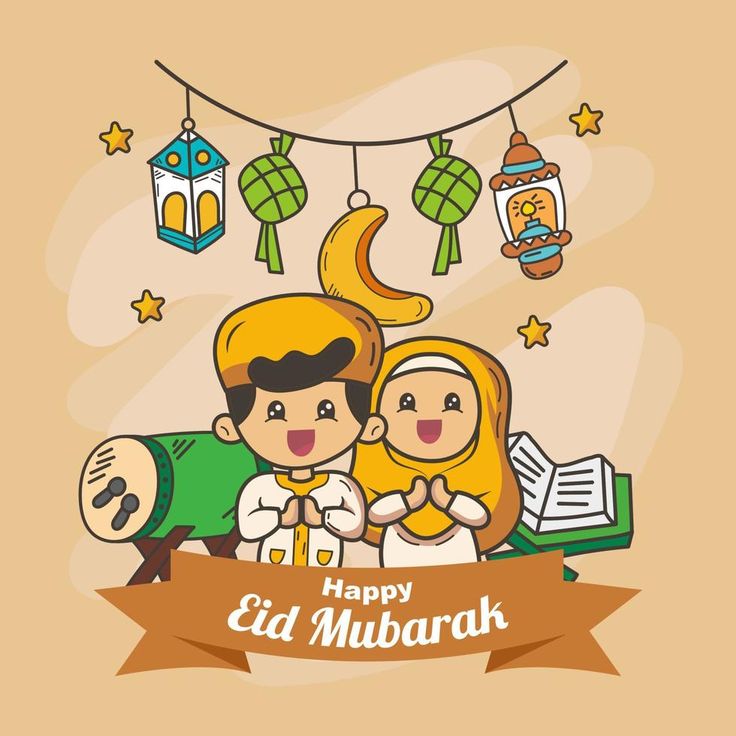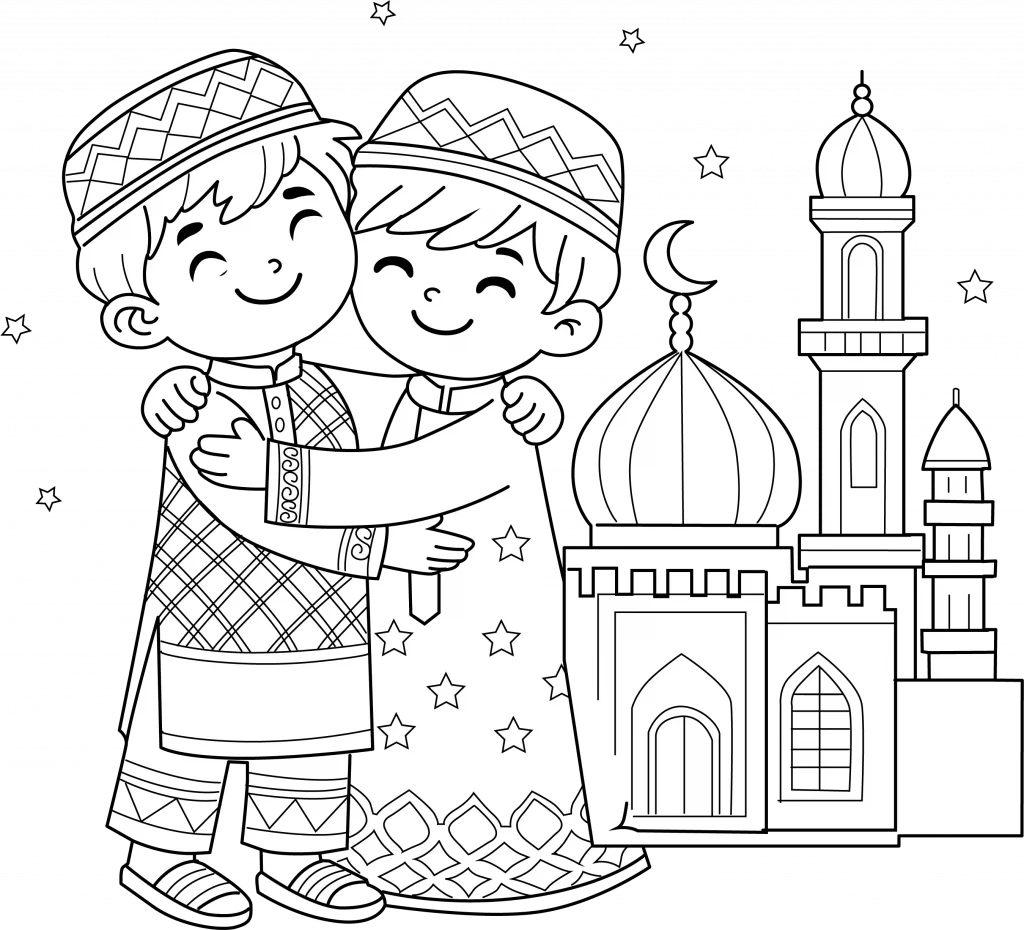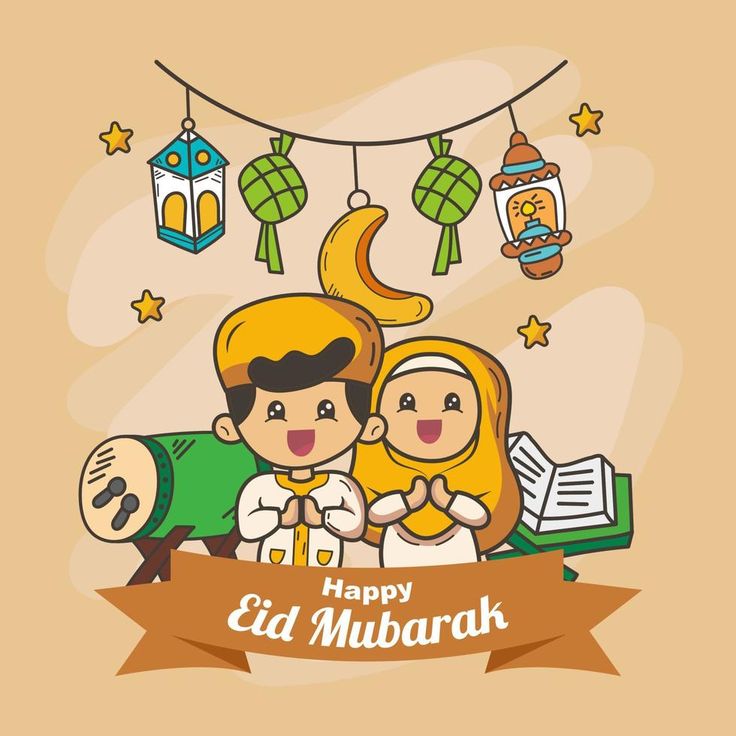Eid al-Fitr – Celebrated after the holy month of Ramadan
Eid al-Adha – Celebrated about two months later, during the Hajj pilgrimage season

Here’s what people typically do on both Eids:
What People Do During Eid al-Fitr:
- Special congregational prayer performed in mosques or open grounds in the morning.
- Give Zakat al-Fitr (Charity)
- Give alms to Poor Muslims .Muslims give alms to poor people prior to prayer so that all may rejoice.
- Wear New or Best Clothes
- People wear new or traditional clothes — fresh, celebratory, and modest.
- Go Greet Family & Friends
- Reunion time, embraces, and forgiving each other.
- Feast on Delicious Food
- Finishing a month of fasting, people feast on sweet dishes like Sheer Khurma, Seviyan, Biryani, and so on.
- Distribute Eidi (Gifts)
What People Do On Eid al-Adha:
- Go for Eid Prayer
- As in Eid al-Fitr, but with a sermon on the story of Prophet Ibrahim (Abraham).
- Do Qurbani (Sacrifice)
- Goats, sheep, or cows are killed, symbolizing dedication and submission.
- Distribute Meat, Meat is split into three: one for family, one for relatives/friends, and one for the needy. Festivity with Food, Visits, and Happiness Gatherings of large food, celebratory feasts, and social relationships.
There’s something special about Eid ul-Fitr morning.
You wake up to the subtle scent of sweet dishes wafting through the house. You’ve laid out your new clothes in a neat line. There’s an air of excitement — an aura of happiness and expectation that only this day can bring.For more than a billion Muslims worldwide, Eid ul-Fitr is not merely a holiday — it’s the payoff after a month of discipline, devotion, and intense introspection. It’s the sweetness that comes after the spiritual depth of Ramadan.
But what happens on this festive day, anyway? What do people do, what do they wear, and most deliciously — what do they eat?
Let’s take a walk through a day of Eid, as it’s experienced in homes, hearts, and kitchens across the globe.
The Night Before Eid – Chand Raat (The Night of the Moon)
Eid ul-Fitr, also known as the Festival of Breaking the Fast, begins at sundown when the crescent moon appears — a delicate silver sliver on the horizon that signals the end of Ramadan.
The streets buzz with life as shopping centers overflow with last-minute buyers. Stalls brim with colorful mehndi cones, and young girls stay up late, carefully decorating their hands with intricate henna patterns. The air is alive with joy, anticipation, and the unmistakable feeling that Eid has arrived. Mothers are rushing around making sweets and ironing clothes. The anticipation is palpable — everyone is getting ready to greet a day that is rich in cultural, religious, and emotional meaning
The Morning of Eid Festival – A Ritual of Joy
Eid morning begins early. Actually, very early.
Most individuals wake up before dawn, shower or have a ritual bath called ghusl, put on their finest attire — most likely new — and use perfume. Men generally go to the mosque to offer the specific Eid prayer, and women either pray at home or in public assemblies, subject to local practice.
But first comes the prayer, and before that, there’s one significant act: Zakat al-Fitr (or Fitrana) — a minor charity donation to the poor, so that everyone can afford to celebrate Eid.
The Eid prayer is said in congregation, most often outdoors in huge open spaces or mosques. Upon completion of the prayer, individuals embrace each other and wish each other with broad smiles and the customary words:
“Eid Mubarak!” — meaning Blessed Eid.
Eid Clothes – Fashion Fiesta
Let’s not overlook the obvious: Eid is a fashion statement as well!
In most cultures, it’s the norm to don traditional clothing:
In India and Pakistan, men don clean shalwar kameez or kurta pajamas with a waistcoat or sherwani. Women wear colorful shalwar suits, lehenga cholis, or classy sarees, finished with bangles, earrings, and embroidered clutches.
In Arab nations, men wear thobes (long white robes), while women dress in elegant abayas or intricately decorated outfits.
West African communities celebrate in bold, vibrant fabrics — boubous and headscarves that proudly reflect African-Islamic heritage.
Across Southeast Asia, especially in Malaysia and Indonesia, families often coordinate in matching colors, wearing traditional Baju Melayu and Baju Kurung.
It’s not just about dressing well — it’s about dressing up well for the occasion.
Home is Where the Feast Is: What People Eat on Eid
If Ramadan is a month of fasting, Eid is most definitely a month of feasting.
Various cultures contribute various dishes to the Eid table, but there’s one unifying thread: sweetness.
1. Sheer Khurma (South Asia)
In Pakistan, India, and Bangladesh, Eid breakfast is usually preceded by sheer khurma — a divine dessert comprising vermicelli, milk, sugar, dates, nuts, and raisins on occasion. It’s comforting, warm, and nostalgic — home in the mouth.
2. Maamoul (Middle East)
In Lebanon, Syria, and Palestine, you’ll find maamoul — buttery date-stuffed cookies dusted with powdered sugar. Some are filled with nuts, others with figs. They melt in your mouth and are perfect with Arabic coffee.
3. Biryani, Kebabs, and Curries
Lunch is where the real show begins. In South Asia and parts of Africa, lavish dishes like mutton biryani, chicken korma, beef kebabs, and koftas take center stage.
4. Doro Wat & Injera (Ethiopia)
Doro Wat (spicy chicken stew) is served over injera, a sourdough bread, in Ethiopian Muslim households. A rich, flavorful meal that warms the stomach and soul.
5. Ketupat and Rendang (Indonesia and Malaysia)
In Southeast Asia, Eid (or Hari Raya) features ketupat (rice cakes covered in palm leaves) with beef rendang, a spicy slow-cooked meat dish which is tender and flavored to perfection.
6. Desserts Galore
From baklava to kheer, halwa, gulab jamun, and sweets like laddoos and barfi, Eid is the kind of day when no one refuses a second helping of dessert.

